 The holiday season can be full of fun and folly. Yet the additional demands on your time and energy can leave you frustrated, irritable, and unable to release physical tension in the body. That’s why I developed this yin yoga sequence to keep calm amidst it all. Practice this at home–or share with your students–to stay clear-minded and loving during the holidays.
The holiday season can be full of fun and folly. Yet the additional demands on your time and energy can leave you frustrated, irritable, and unable to release physical tension in the body. That’s why I developed this yin yoga sequence to keep calm amidst it all. Practice this at home–or share with your students–to stay clear-minded and loving during the holidays.
The theme of this class was inspired by a recent visit to my acupuncturist. I mainly wanted a tune-up before hitting the road for Florida. Plus, I was ready to release the feeling of overwhelm that had built up during the stressful events of the past month.
My diagnosis upon arrival? Liver qi deficiency.
This low flow of energy was causing emotional upsets more than normal. And, it was fueling the nighttime grinding of my teeth. Yikes! In addition to using needles to aid in my healing, I know yoga can greatly help as well. Whether you have a liver imbalance or not, this sequence will definitely allow you to keep calm during the hustle and bustle of the season.
Photo Credit: Kacper Szczechla
THE LIVER MERIDIAN: AN OVERVIEW
Yoga moves prana–or life force energy–through the body to increase vitality in your entire being. Prana travels through channels called nadis to accomplish this. In Traditional Chinese Medicine (TCM), the equivalent of prana is qi, and it moves through the body via meridians.
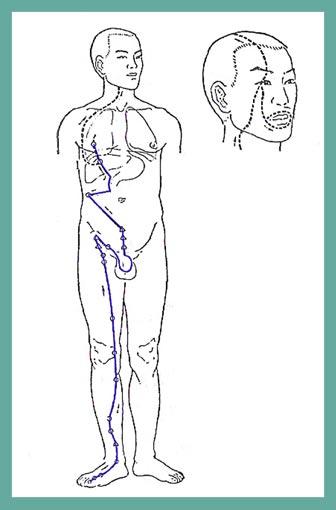 The liver meridian in particular starts inside of the big toenail, crosses over the top of the foot, and passes in front of the inside ankle before traveling up the inner seam of the leg. Next, it moves through the groin and genitals. The liver meridian then ascends up the lower abdomen and enters both the liver and gallbladder. After passing the ribcage, this meridian then runs up the throat, past the eye to the crown of the head.
The liver meridian in particular starts inside of the big toenail, crosses over the top of the foot, and passes in front of the inside ankle before traveling up the inner seam of the leg. Next, it moves through the groin and genitals. The liver meridian then ascends up the lower abdomen and enters both the liver and gallbladder. After passing the ribcage, this meridian then runs up the throat, past the eye to the crown of the head.
Benefits of a Balance Liver Meridian:
- An open and healthy flow of energy throughout the body
- Balanced storage and regulation of blood
- Stresses of day-to-day life don’t phase you
- Physical flexibility can increase
- Creativity soars
- Vision improves–physically and literally
- Negative emotions get released easily
- You can plan strategically for your life, and
- You’re able to keep calm amidst any form of stress
Photo Credit: ACATCM
YIN SEQUENCE TO KEEP CALM
This yin yoga practice is designed for a 60-minute class segment. I suggest a few options at the end of the sequence if you’d like to extend your time on the mat to 75 or 90 minutes.
The pictures for this sequence were taken at the Navtivo Lodge in Albuquerque, New Mexico on our recent trip across the country. Each room on the top floor has a custom-designed mural. This room was entitled “Morning Blessing” and symbolizes the power of the feminine energy within us all. This ties in perfectly with the pranayama after savasana in this yin sequence.
I grabbed a few pillows as props for this class. Yet, if you have access to blocks, blankets, and bolsters, grab whatever else you need to support yourself on the mat.
(1) CHILD’S POSE

Length: 3-5 minutes
Purpose: The beauty of child’s pose is that it stretches the top of the feet (near the origin of the liver meridian). The forehead is also on the floor, which puts pressure on the meridian near its endpoint. Plus, child’s pose is a posture that turns your attention and energy inward. This will set the stage to keep calm all practice, and in the time thereafter.
Additional Support:
- Place a bolster or blankets under the torso for more sensation of being supported. This is great when you feel overwhelmed.
- If you want more of a heart-opener here, then place blocks underneath the elbows (on the lowest level). This will add a deeper stretch to the lats and side body as well, places that will get elongated later in class.
If you have more time:
- Spend 1-2 minutes with an ankle stretch here to open the front of the foot and ankle.
(2) VIPARITA KARANI
 Length: 5 minutes
Length: 5 minutes
Purpose: The liver meridian runs from the foot up the entire inseam of the legs. Legs up the wall is a great way to allow gravity to regulate blood flow back to the heart with little effort. This pose restores energy to tired feet and legs and it stimulates the relaxation response.
Additional Notes:
- Keep your hips further away from the wall if you have tight hamstrings.
- Assume any arm position that keeps you comfortable. You can take cactus arms if you want to open the chest. Or, you could extend your arms up overhead to breathe more deeply into the side body.
Another option:
- You can choose to open the hips in this inversion by spreading the legs wide, or taking a supta baddha konasana version at the wall.
(3) BUTTERFLY
 Length: 5 minutes
Length: 5 minutes
Purpose: Butterfly, also known as bound angle in hatha yoga, is a posture to lengthen the inner thighs. The open nature of this posture for the hips also increases the flow of energy through this region. This is great, since the liver meridian starts to move from the lower limbs into the torso at this juncture.
Additional Notes:
- Sit on a blanket if you want to help tip the pelvis forward.
- Place blankets or blocks under the knees if more support is needed.
- Use a bolster or stack of props to support the head. This will compress the liver meridian on the forehead, too.
Combine with Acupressure:
There is an acupressure Point LV3 that sits atop the foot. It’s known also as Liver 3 or Tai Chong. Since you can hold you feet while in butterfly, you can simultaneously add pressure to LV3. To find the point, place your finger between your big toe and second toe. Then slide your finger toward your ankle along the space between the first and second toe. You can then feel the tip of the joint. The point is located in the depression before your finger touches that joint (or the bony structure on the top of your foot). Hold for 3-5 seconds at a time, then release.
(4) TABLETOP + CAT/COW
Length: 1 minute
Purpose: Again, it’s time to move the body after being in stillness. This sequence of cat and cow invites the body to be active, pushing the floor away with the arms and hands. It also mobilizes the spine and gives you a chance to observe the space created from the postures you’ve taken thus far on your mat.
Additional Notes:
- Down dog is also an option to take here
- Any other organic movements of the spine are a great option, too.
(5) FROG
 Length: 5 minutes
Length: 5 minutes
Purpose: Frog is a deep groin opener, which allows lots of prana and qi to move throughout the hip joint. The best part is that when you have the hips in the same line as the knees, gravity can work its magic.
Additional Notes:
- Move the hips forward of the knees to avoid any painful compression in the hips.
- If your hips are further away from the floor, like mine in this position, then I highly suggest placing a bolster and/or blankets under the torso. This will allow your pelvis to relax more here.
- Blankets under the knees can be another nice support here as well.
- You can also remain on your forearms here. Just be sure to continually relax your shoulders, head, and neck throughout your time in the pose.
- Keep the feet flexed to protect the knees.
Counterpose: Slowly return to a wide-knee child’s pose and give yourself a break before moving on. I recommend at least 30-60 seconds.
(6) WINDSHIELD WIPER THE KNEES
Length: 1 minute
Purpose: This movement allows prana, or qi, to flow freely through the hip socket after being stationary in the previously-held frog position.
Additional notes: In the third picture above, I turned my head in the opposite direction as my knees. This is optional and can be another great way to add length along the side of the neck.
(7) STRADDLE
 Length: 5 minutes
Length: 5 minutes
Purpose: Now that the adductors and other groin muscles have been opened, this wide-legged forward fold will lengthen the hamstrings, too. The best part is the nature of the posture will keep a strong flow of energy through the hip region. Plus it will be a symmetrical way to elongate both sides of the body.
Additional Notes:
- Sit on a blanket to tip the pelvis forward, if needed.
- Use any props to support the torso and relieve tension.
- Relax the head, neck, and jaw continually here.
- You can also bend the knees, and place supports underneath them, should the hamstrings be extremely tight.
(8) HALF BUTTERFLY + SIDE STRETCH
Length: 5 minutes each side
Purpose: This is the logical next step to take from the straddle position above. Only this time, we are going to keep moving up the liver meridian to open the area around the liver, gallbladder, and lungs. I took this posture facing the light to get a better image. However, I suggest you start by opening up the right side of the body, first, since this is where the liver resides.
Additional Notes:
- Again, I suggest stretching the right side first.
- Support the lower arm, if the floor is too far away.
- You can use different arm variations throughout the duration of this pose. I like to hold my arm up for one minute, then bend the elbow for the next two, and finish with the arm behind my back. Make sure to keep turning the torso toward the ceiling as you stay. This will prevent collapsing into the chest region.
Counterpose: Please take a few moments to windshield wiper the knees, shake out the legs, or move the spine after being still for the past ten minutes! Listen to your body and do what feels good!
(9) RECLINED BUTTERFLY
 Length: 5 minutes
Length: 5 minutes
Purpose: You guessed it! We’re staying with the theme of opening, and time we’ll combine open hips with a heart-opener. The best part is that the support of props beneath you will be a real, physical reminder that there are endless resources available to you always! This is the heart of an abundance mindset!
Additional Notes:
- You can place a blanket or towel roll under the neck for even more support.
- Place props under your knees or thighs to make this even more like a restorative posture.
- Find the best arm position to allow the maximum capacity of breath to move up both sides up the body, even up underneath the armpits.
- Add an eye pillow here to lightly compress the liver meridian as it moves on to the face.
Counter Pose: Carefully remove the props behind you before coming to iie flat on your back. Before moving into a full savasana, hug your knees into your chest. Roll around a bit, or even take a happy baby pose.
(10) SAVASANA
 Length: 5 minutes
Length: 5 minutes
Purpose: It’s time to absorb the energetic shifts of your practice. Enjoy the stillness you have created with the body, and allow your mind to dwell in that space. Notice any new thoughts that arise. Notice the spaciousness in your tissues. Savor the sweetness of doing nothing right here, right now–free of other responsibilities and interruptions. Memorize this feeling and allow it to become the new norm at the level of your subconscious mind.
If you have extra time:
If you’re teaching a longer class, like a 75- or 90- minute session, I suggest adding bananasana before savasana. I would hold this pose 3-5 minutes on each side. Then, depending on your group and time frame, you might even have time for a spinal twist before final relaxation as well.
(11) CHANDRA BHEDA PRANAYAMA
Length:Length: 10 rounds
Purpose: Chandra means ‘moon’ in Sanskrit and is associated with the ida nadi. Bheda means ‘to pierce’ or ‘pass through.’ Thus, chandra bheda is a pranayama practice designed to purify the ida nadi. The left is also associated with the cool, calming component of the mind. This way you can tap into that inner reservoir of peace and deep understanding. More information about this pranayama can be found in one of my favorite books, Asana Pranayama Mudra Bandha (by Swami Satyananda Saraswati).
Additional Notes:
- Assume the same hand position as alternate nostril breathing.
- After a few rounds of balanced breath, close the right nostril and breathe in through the left. Exhale through the left as well. Repeat this process 10 times.
- Another variation on this breath is to breathe in through the left (inhaling equanimity) and exhaling right (the first, angst, or stress). This variation can be used instead.
Before closing class: Sit in a silent meditation. Allow each student the time to process the physical and mental changes of the physical practice and pranayama. Perhaps even combine this with a great quote to end class. In any case, remind students of how this practice can help them keep calm not just on their mat, but in all areas of life.
PUTTING IT TOGETHER
While the energy of the liver can be strongest in the springtime, you want a healthy liver all year round. This is especially true in the last month of the year when your schedule can become jam-packed with additional parties and commitments. Combat any sense of overwhelm with this yin yoga sequence. It will not only help you keep calm during the holidays, but it will also give you clarity of mind that can help you transition confidently into the new year ahead.
Take Action Now:
- Download the 60-minute sequence above. The PDF also includes a second sequence that can be used in a 75- or 90-minute class.
- Try it on your mat this week.
- Share some tips on how you keep calm during the holidays. Please leave a comment below and share your words of wisdom with us all!!


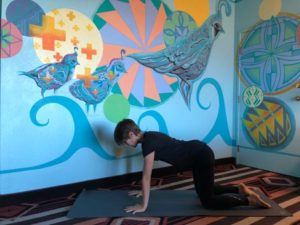
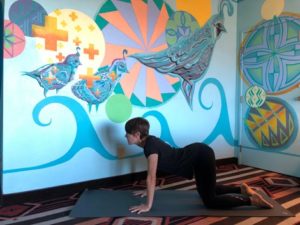
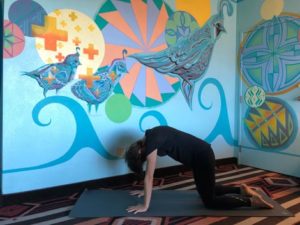
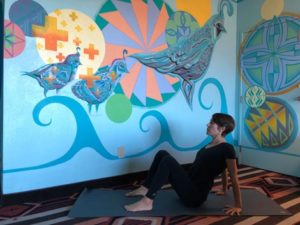
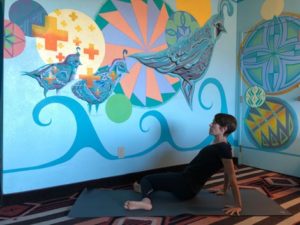

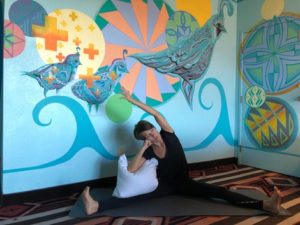
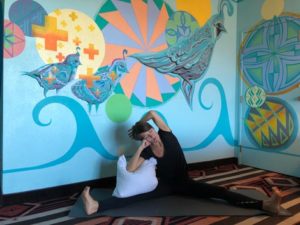
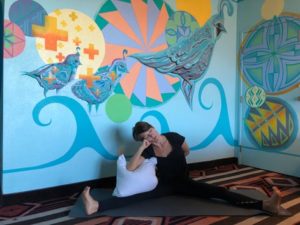
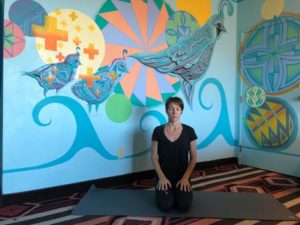
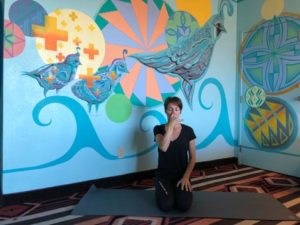
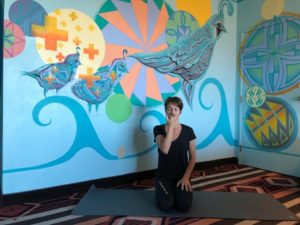

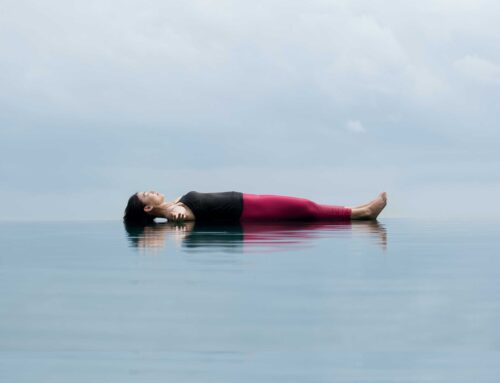

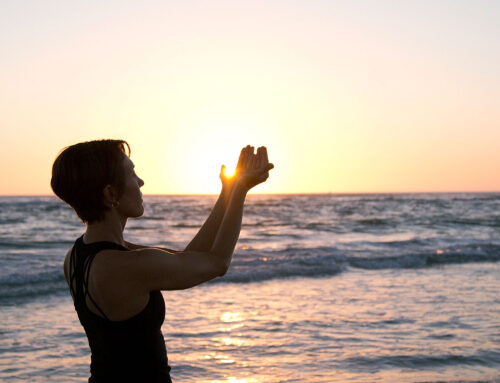
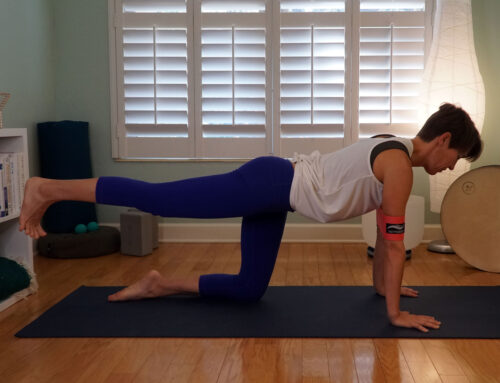
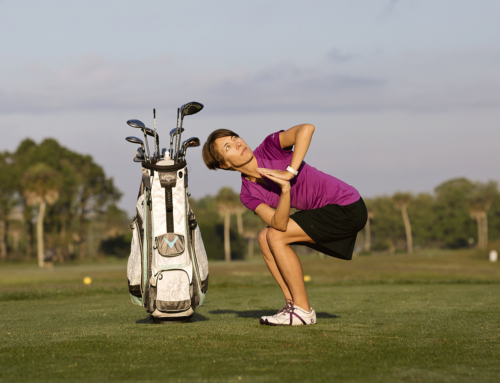
Thank you! I am excited to begin this practice this week, especially before the rush of the holiday events, allowing my body to be aligned before the chaos begins. 😊